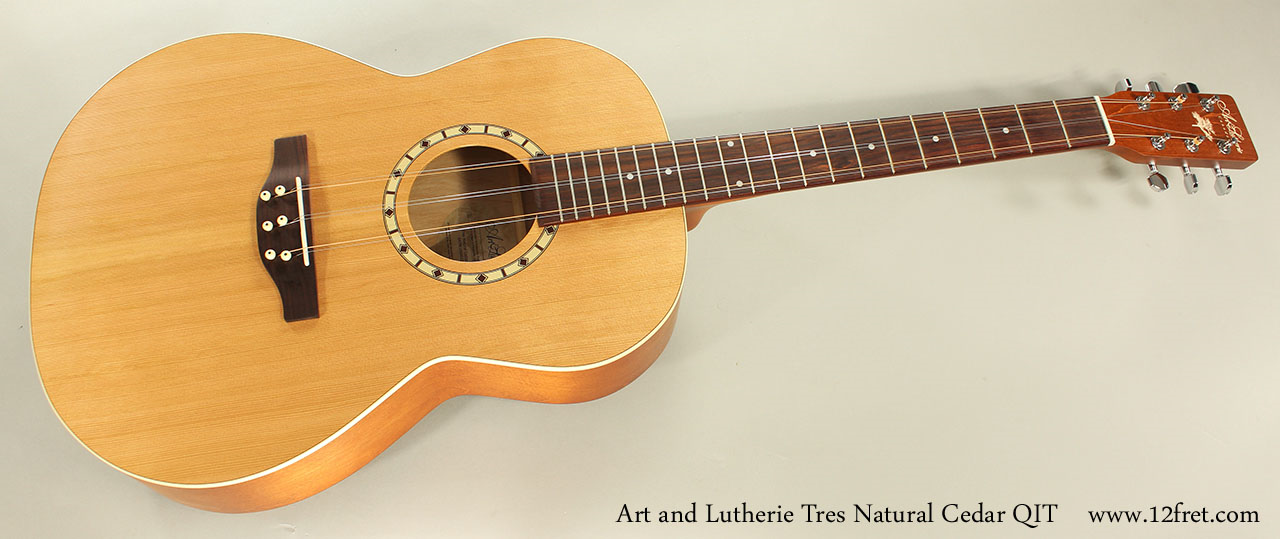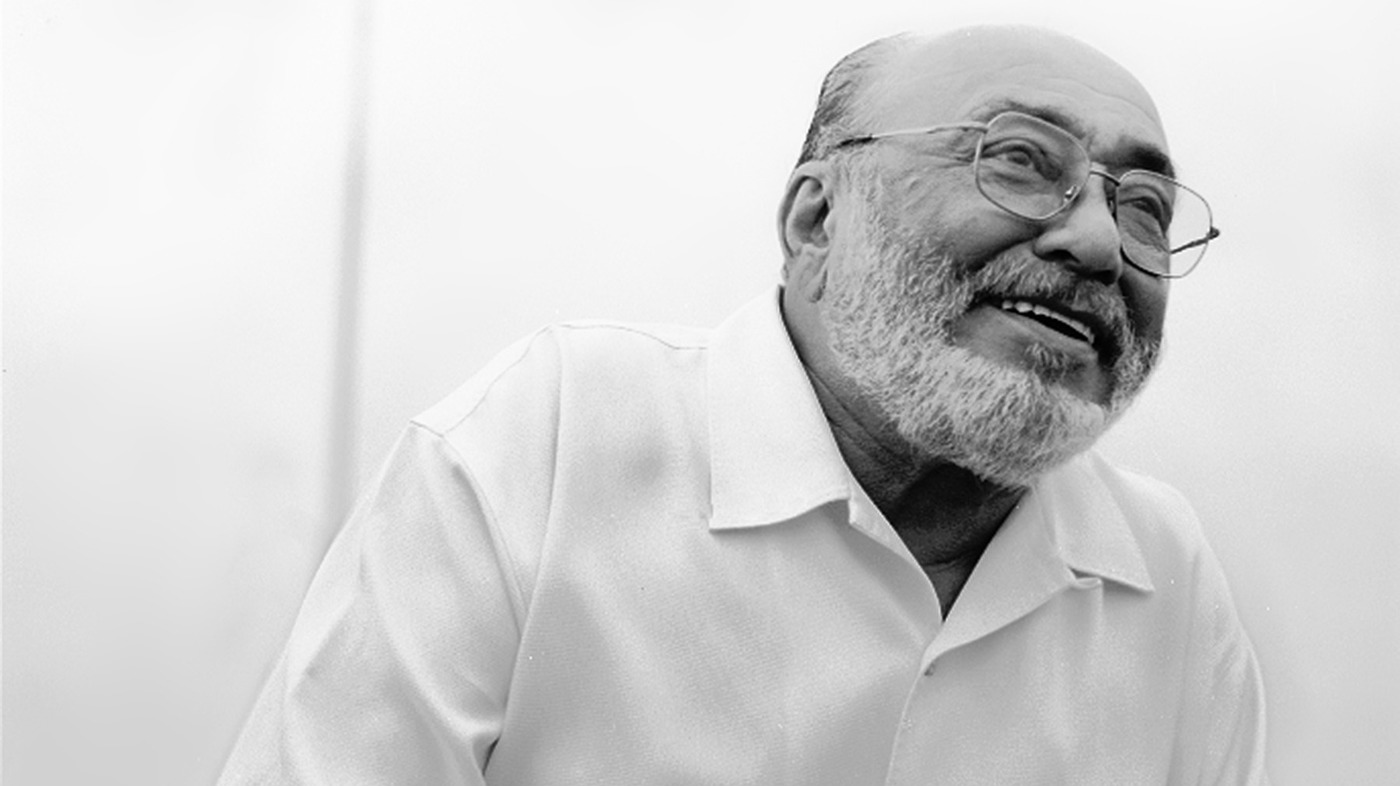Het is ‘Wist je dat?’ –woensdag!
(Geschreven door: Roberto Gutierrez)
We willen graag met jullie allerlei info en weetjes delen over salsa/latin cultuur: de muziek, de dans, de artiesten en heel belangrijk de geschiedenis. Voor sommigen zullen bepaalde feitjes al bekend zijn en voor anderen totaal niet. Het gaat erom dat iedereen iets meekrijgt van deze mooie cultuur.
Vandaag hebben we het over het instrument de Cubaanse Tres.
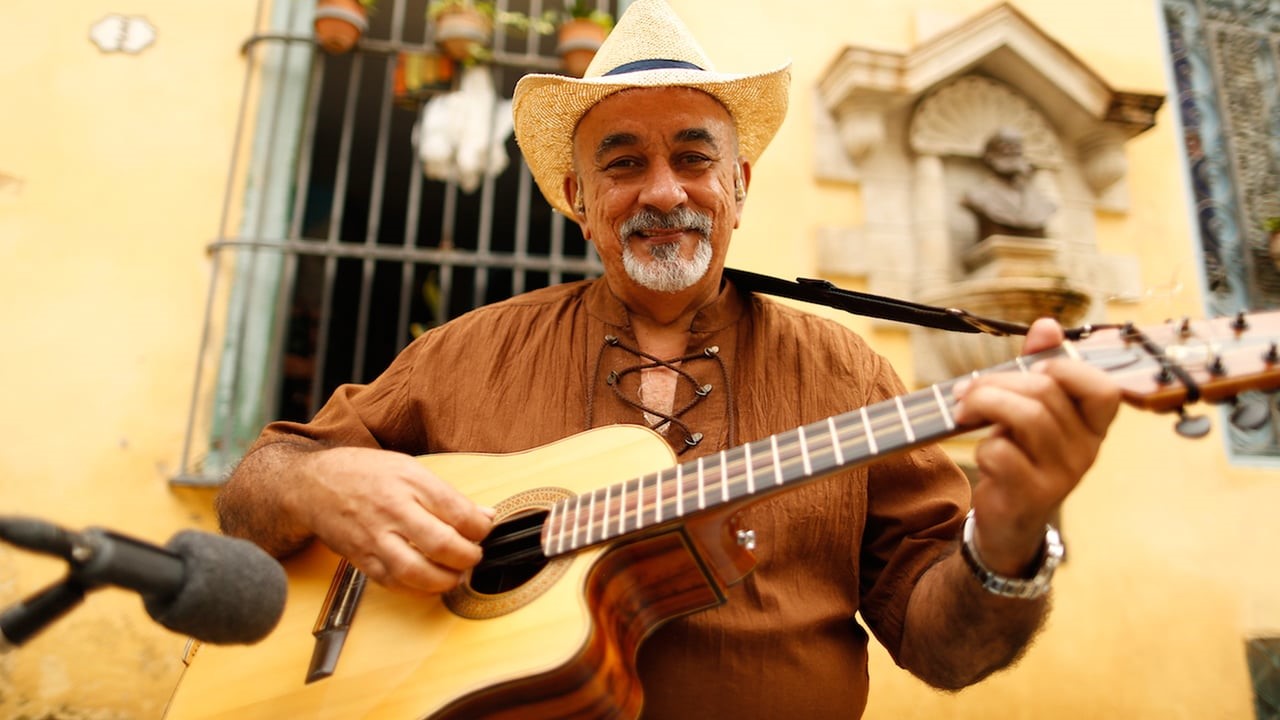
Wist je dat:
- De Cubaans Tres een snaar instrument is, net als de gitaar, maar heeft 3 paren van 2 snaren. Zie hieronder:
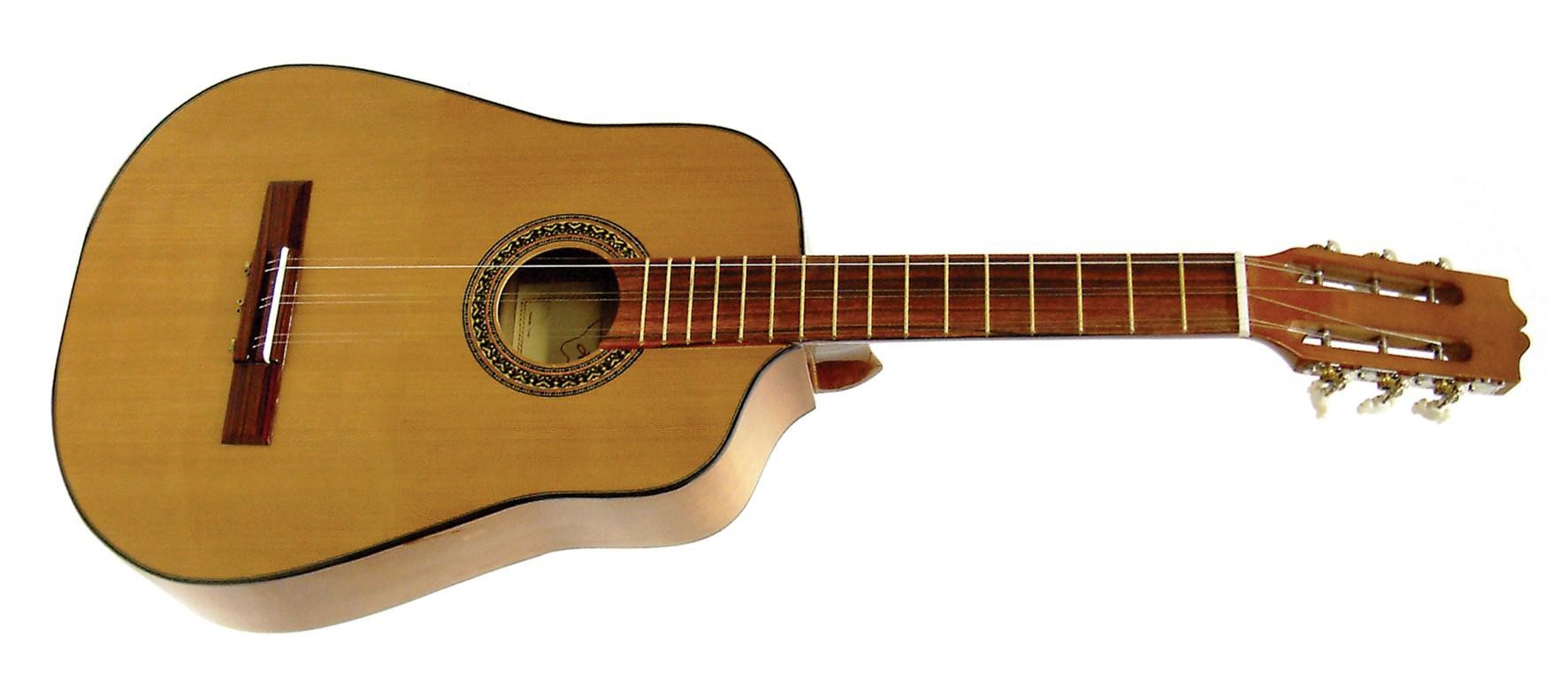
- De geschiedenis van de Tres gaat terug naar Spanje. Beinvloed door de Moorse Laùd (luit) en andere snaarinstrumenten zoals de Bandurria en de Vihuela is de Spaanse Gitaar , met 5 paren van 2 snaren geboren. Zie hieronder:
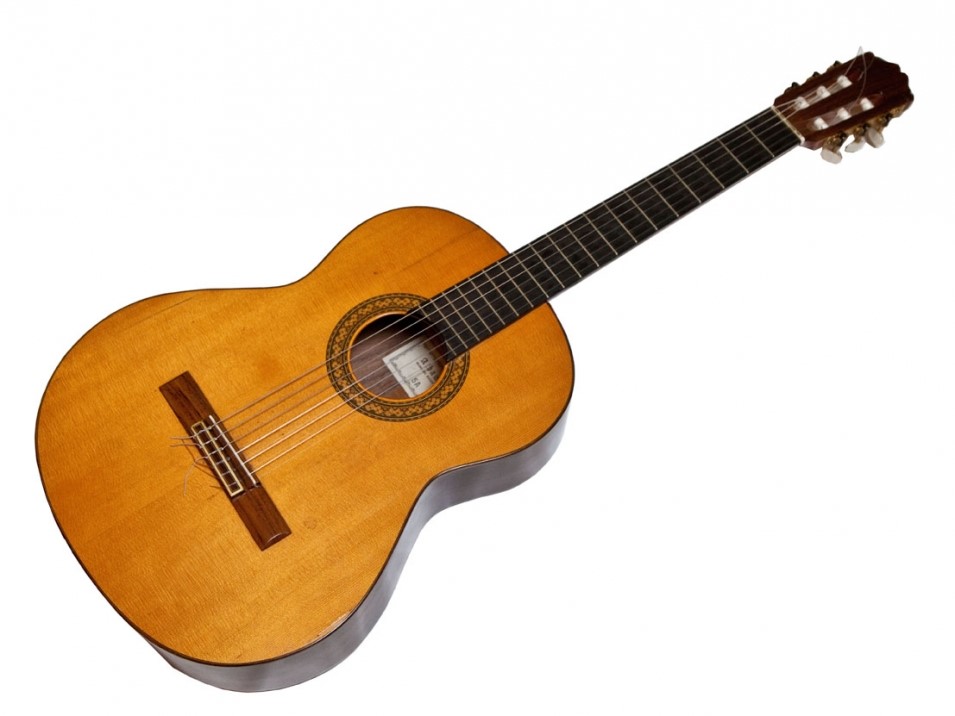
- Toen de Spanjaarden op Cuba arriveerden hadden ze de Spaanse Gitaar meegenomen. In het oosten van Cuba in de provincie Oriënte, evolueerde de Spaanse Gitaar in de Cubaanse Tres en werd voor het eerst in die regio gebruikt in Afro-Cubaans muziek genres zoals Changuï en daarna Son.
- Het grootste verschil tussen een Tres en een gitaar is niet de vorm, grootte of het aantal snaren. Het verschil is hoe het instrument wordt gespeeld.
- De Tres is een ritmisch instrument en focust zich meer op ritme dan op melodie. De Tres is gemaakt om als ‘drum’ te spelen.
- Het basis patroon van een Tres het dan ook net als bij de conga Tumbao
- Zie onderstaande video van de legendarische Pancho Amat om te horen hoe Tumbao van de Tres klinkt:
- Ook in Puerto Rico bestaat er een Tres, maar dan met 3 paren van 3 snaren. Dit is een afgeleide van de Cubaanse Tres.
- Bekende Treseros (Tres-spelers) zijn: Arsenio Rodriguez, Isaac Oviedo en Pacho Amat.
- Door Cubaanse Son muziek is the Tres een zeer herkenbaar instrument in de hedendaagse salsa muziek.
- Luister naar onderstaande nummers waarin je de Tres heel goed kunt horen:
We hopen dat je deze weetjes interessant vond. Voel je vrij om lekker op onderzoek uit te gaan op internet. Je kunt veel over dit instrument terug vinden!
It’s ‘Did you know?‘ – Wednesday!
(Written by: Roberto Gutierrez)
We would like to share with you lots of information about our salsa/latin culture, about the music, about the beautiful dance, the amazing artists and the rich history and traditions. For some of you the facts that we share might already be known, for others it might be new information.
The topic of this weeks blog is the instrument the Cuban Tres.

Did you know:
-
The Tres is a string instrument, similar to a guitar but it has 3 pairs of 2 strings.

- The history of the Cuban Tres goes back to Spain. Influenced by the Moorish Laùd (lute) and other guitarized instruments like the Banduria and Vihuela, the Spanish Guitar, with 5 pairs of strings,was born.

- When the Spanish came to Cuba , they brought the spanish guitar with them. In Eastern Cuba, the provence called Oriente, is where the spanish guitar evolved into the Tres and was first used in several related Afro-Cuban musical genres originating in Eastern Cuba for example changüí, and son
- The major difference between a Tres and a guitar is not the the shape, size or amount of strings. The biggest difference is the why the instrument is being played.
- The Tres is a rhythmic instrument. Which means that the focus is on the rhythmic patterns instead of melodic lines. The Tres is meant to be played as a drum.
- That’s why the basic pattern of the Tres is called ‘Tumbao’ just like the conga pattern.
- Check out this video by Pancho Amat, where the Tumbao is explained:
- Puerto Rico has a Tres as well. But this is an adapted version of the cuban Tres. It has 3 pairs of 3 strings. And originally the Puerto Rican Tres was set up on the body of a tradiotional Cuatro, which is the national string instrument of Puerto Rico.
- Famous Tresero’s or Tresistas (Tres players) are: Arsenio Rodriguez, Isaac Oviedo and Pancho Amat.
- Through Cuban Son music, the Tres is a very recognizable instrument even in modern day salsa.
- Listen to these songs where to hear the Tres.
We hope you liked these facts . If you want to know more about the Tres, please feel free to search more information about this instrument on the internet.


